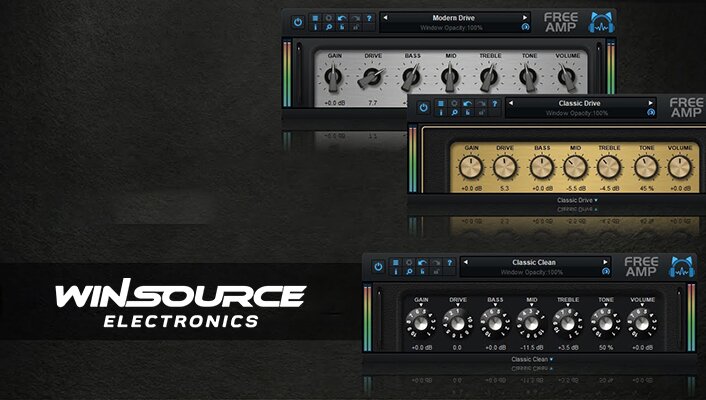
Table of Contents
ToggleIntroduce
In audio electronics, the amplifier brings sounds to life and is like a silent hero. Amplifiers are important for making music and movies sound better. They help make the guitar and dialogue sound clear and loud. In this article, we explore amplifier circuits and explain the technology behind these devices in a simple way.
The basics of amplification
An amplifier is a device that makes a weak signal stronger so it can power speakers or headphones. Understanding the fundamentals of amplifier circuits involves exploring key concepts such as gain, signal path, and different amplifier classes.
Gain
Gain is the core of amplification. It demonstrates the extent to which the input signal increases. Decibels (dB) express gain and determine the strength of amplification. An amplifier with a higher gain can boost a weaker signal more significantly.
Signal path
Amplifier circuits typically consist of input and output signal paths. The input path receives a weak signal and the amplifier processes it to produce a more robust output signal. The quality and fidelity of these signal paths directly affects the overall performance of the amplifier.
Amplifier type
Category A, B, AB and D
We divide amplifiers into different categories based on how they work. For example, Class A amplifiers conduct current throughout the input cycle, providing low distortion, but are less efficient. Class B amplifiers conduct current during half of the input cycle, resulting in higher efficiency but some distortion.
Class AB combines A and B to balance efficiency and distortion, as designers intend. Class D amplifiers use pulse width modulation to achieve high efficiency.
Operational amplifier (Op-Amp)
Op amps are versatile building blocks in amplifier circuits. The device has two inputs. One input inverts, while the other does not. You can configure it for various purposes such as amplifying voltage, adding, and combining.
Key components in amplifier circuits
Transistor
Bipolar junction transistors (BJTs) and metal-oxide-semiconductor field-effect transistors (MOSFETs) are the workhorses of amplifier circuits. They control the flow of electrical current, thereby enabling the amplification process.
Resistors and Capacitors
The resistor controls power in the amplifier, and the capacitor allows AC signal but blocks DC.
In conclusion
Amplifier circuits form the backbone of modern audio systems, transforming weak signals into a powerful listening experience. Understanding the fundamentals, from gain to amplifier category, enables hobbyists and professionals alike to harness the full potential of these electronic marvels.
As we advance audio technology, understanding amplifier circuits is crucial for better sound experiences. Want to learn more about amplifiers? Click here WIN SOURCE!

COMMENTS